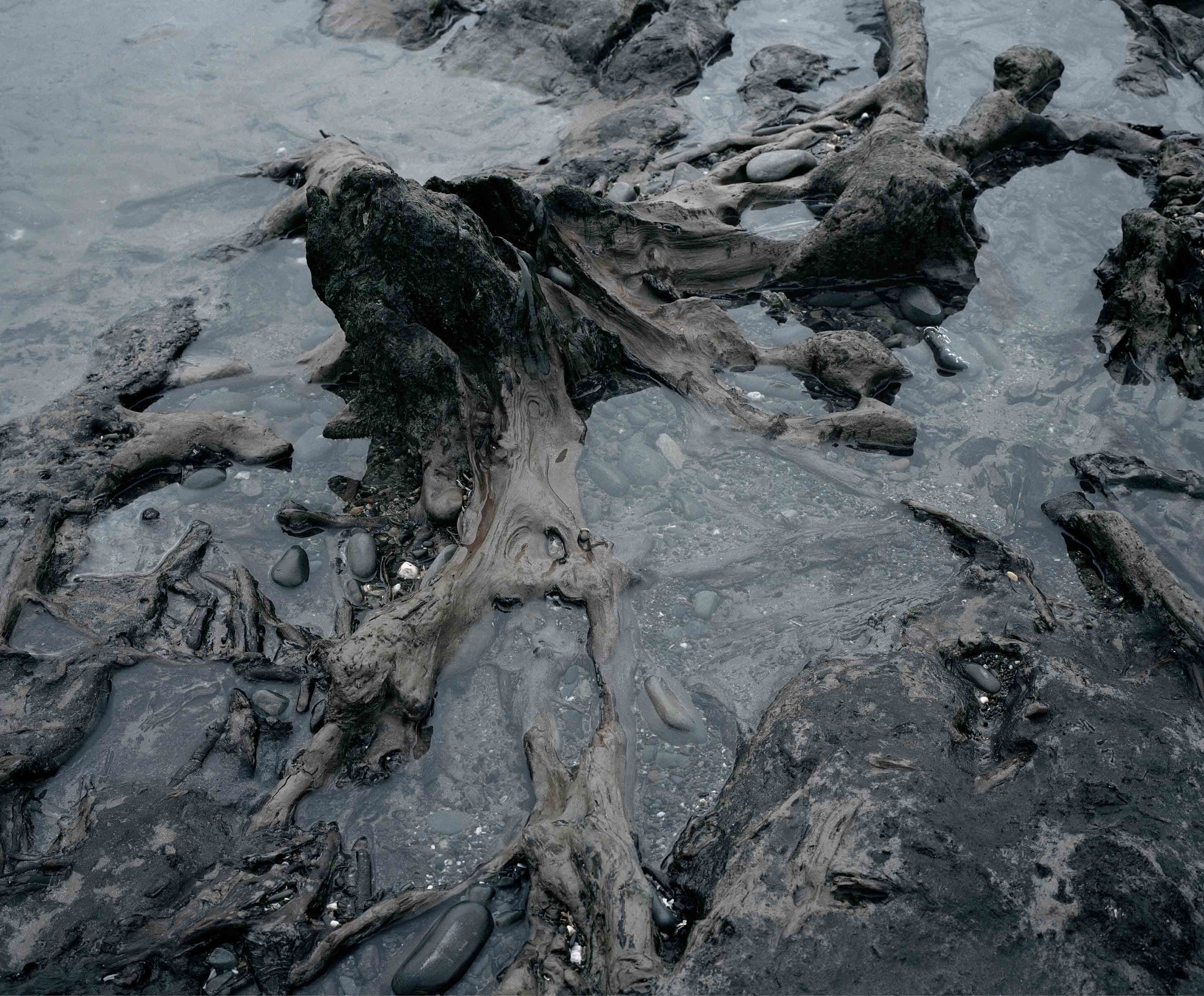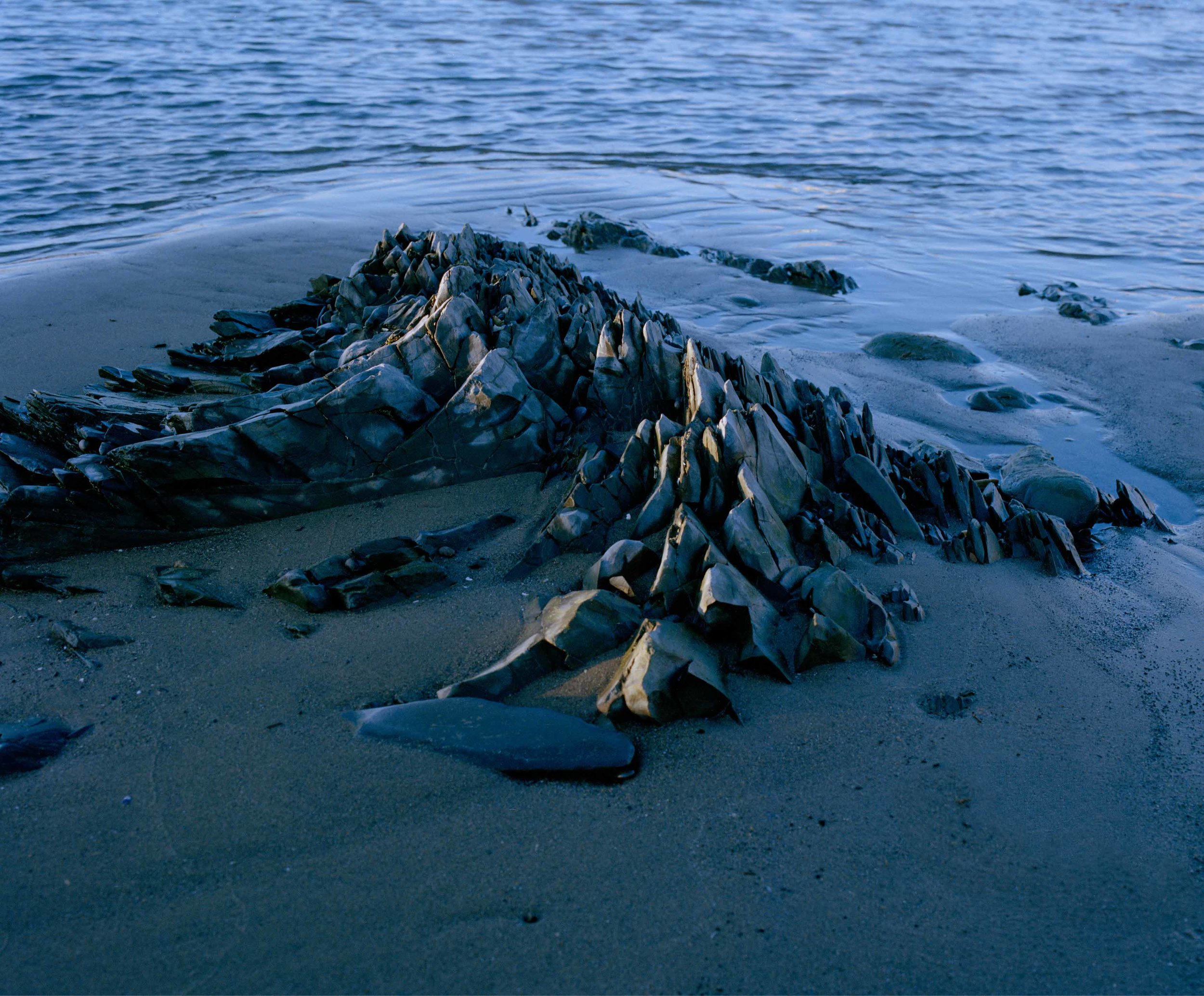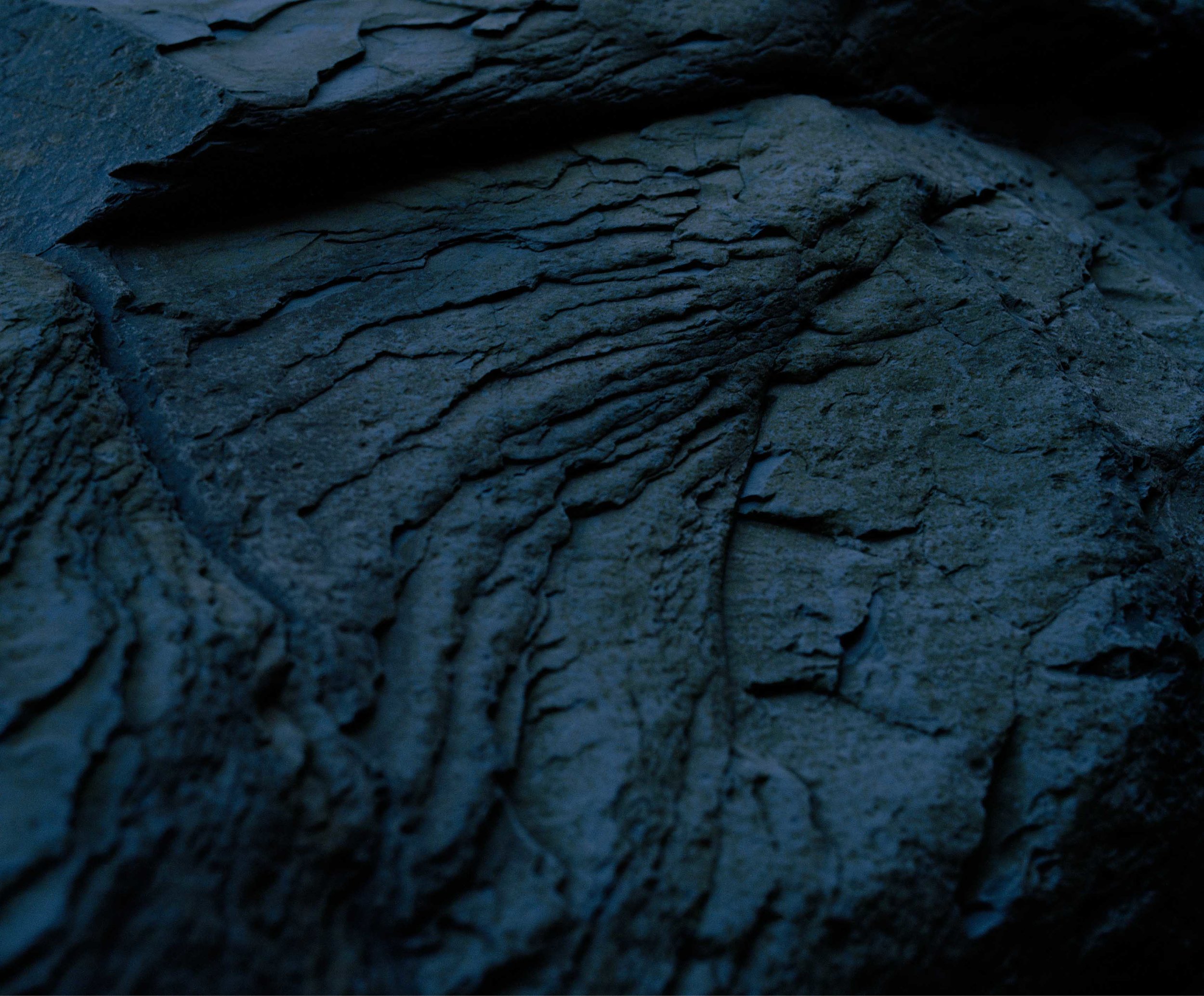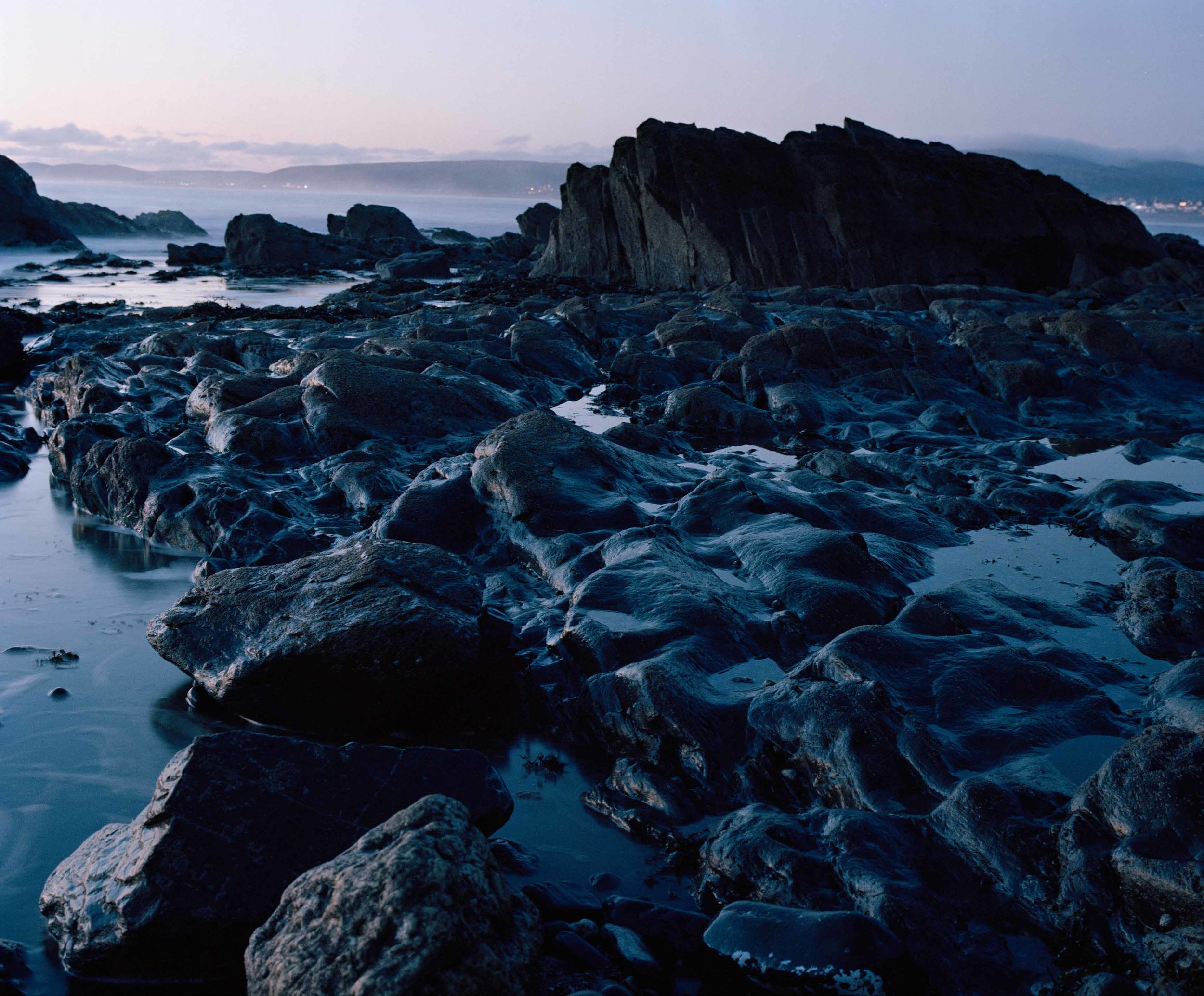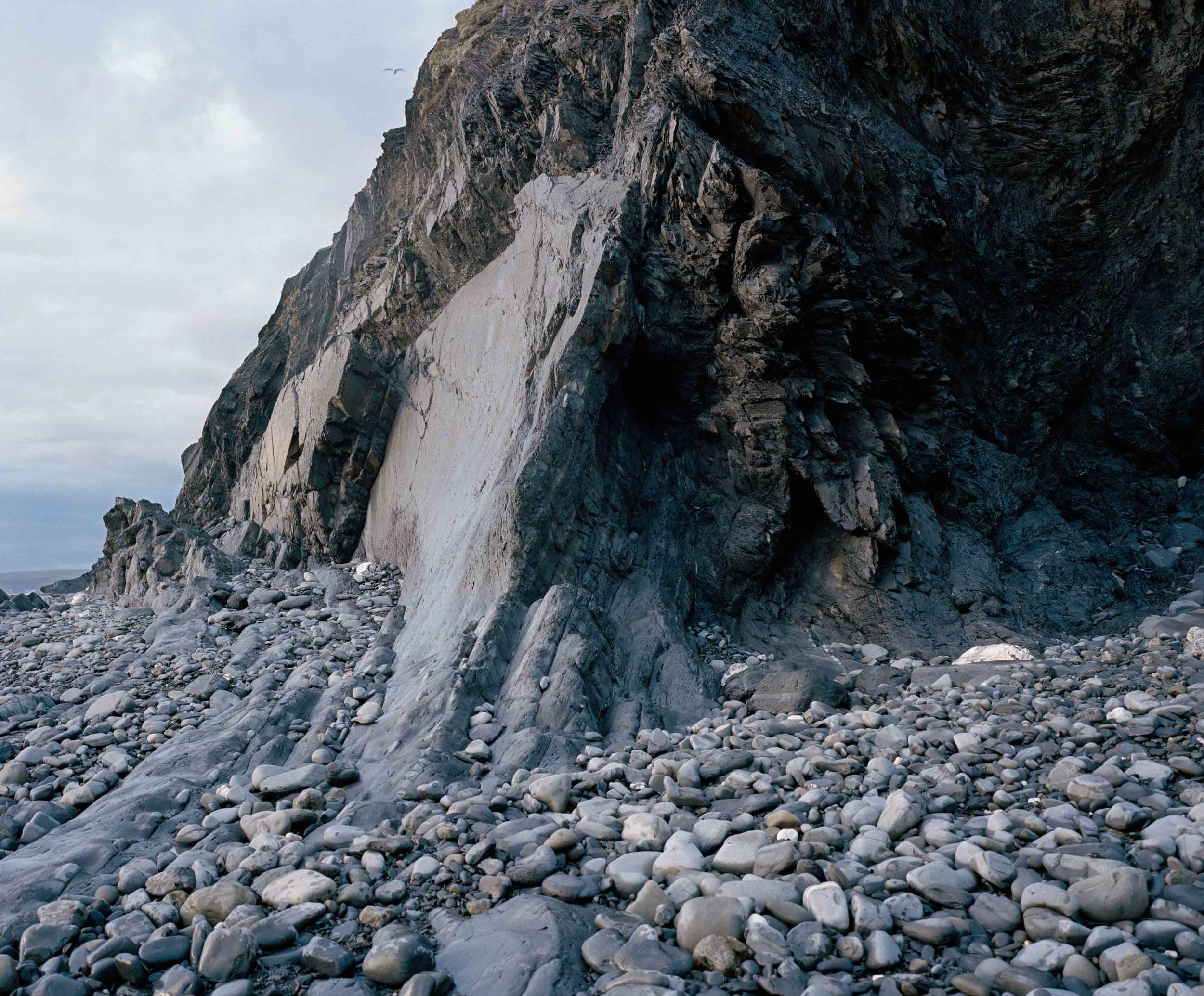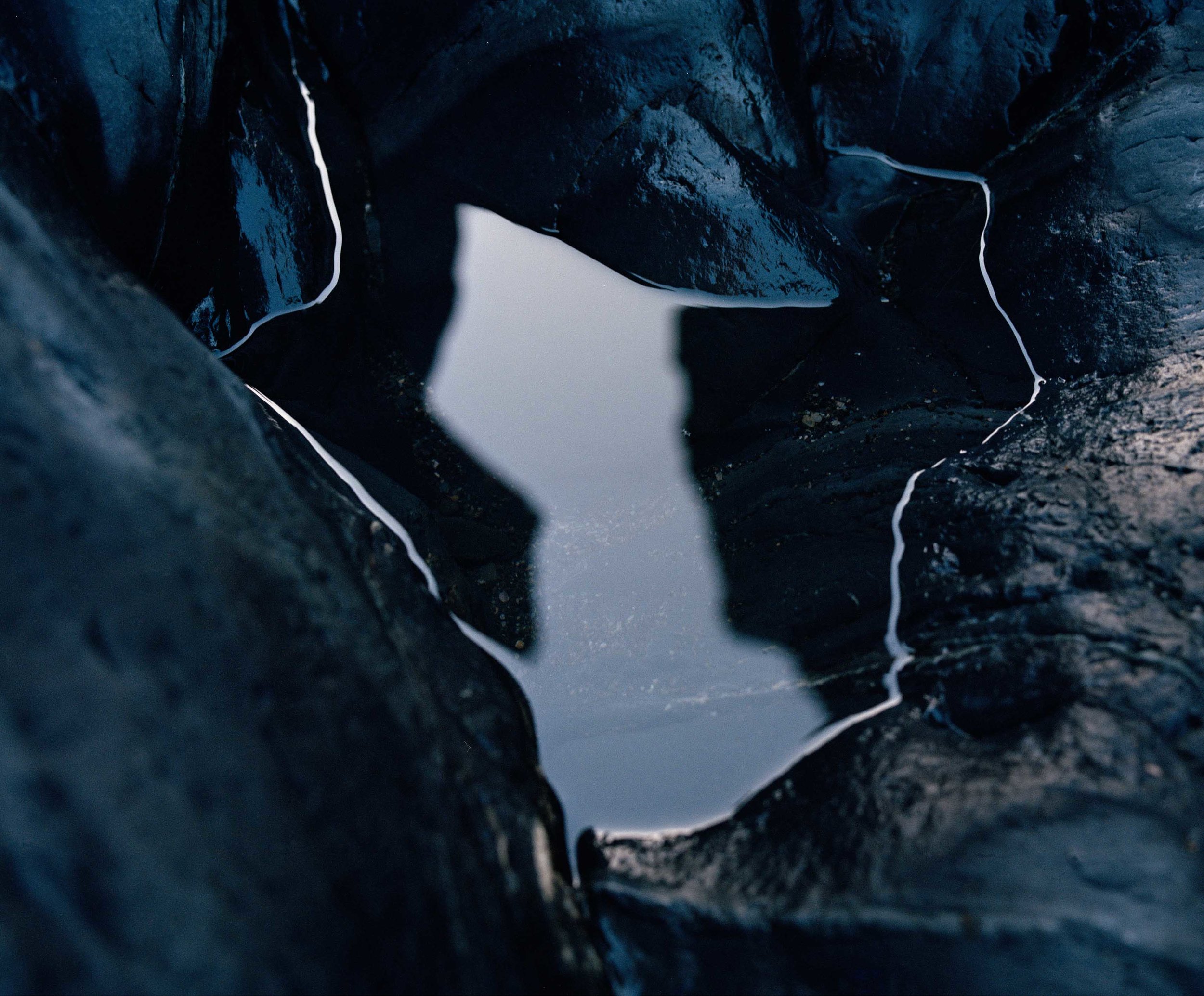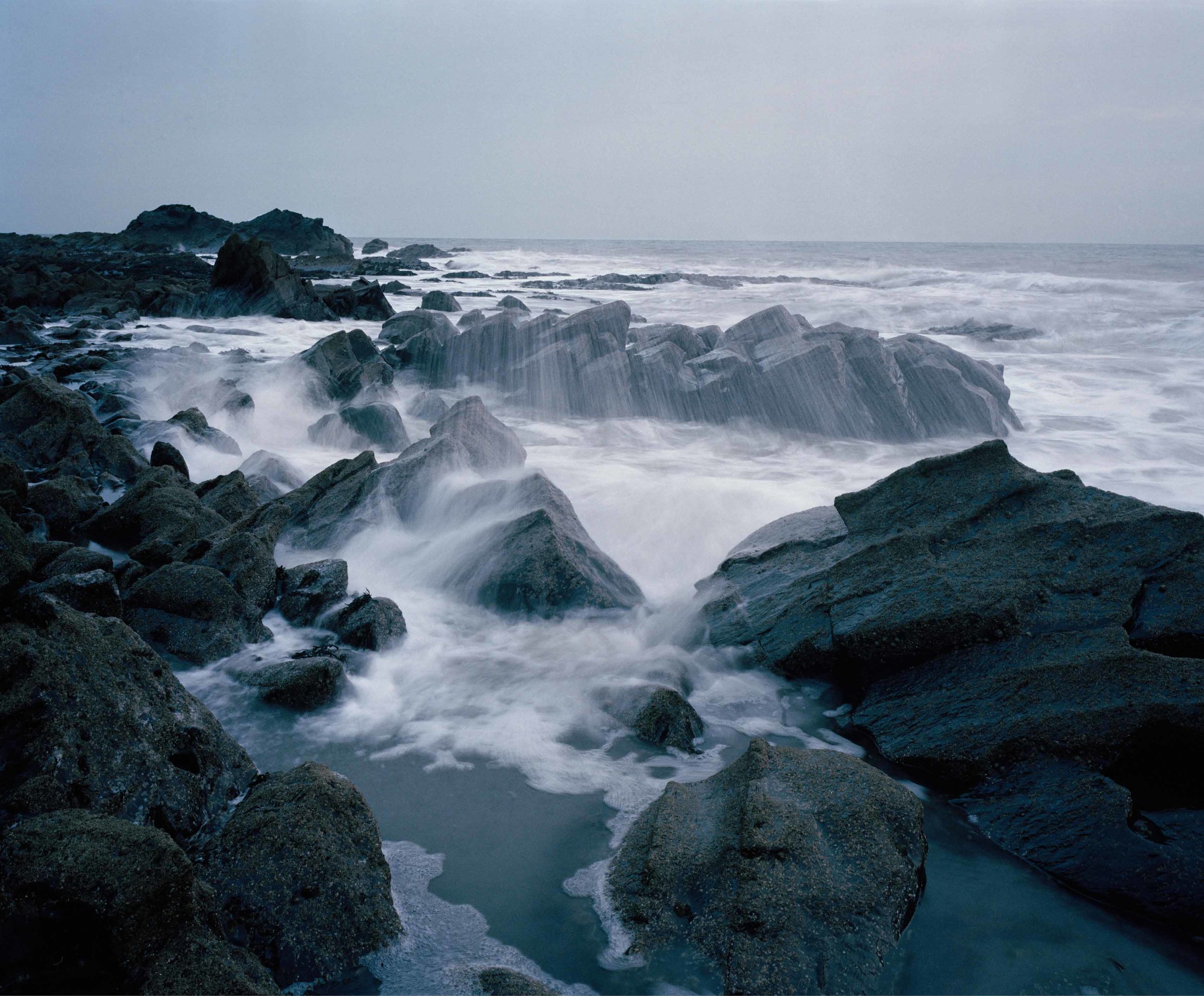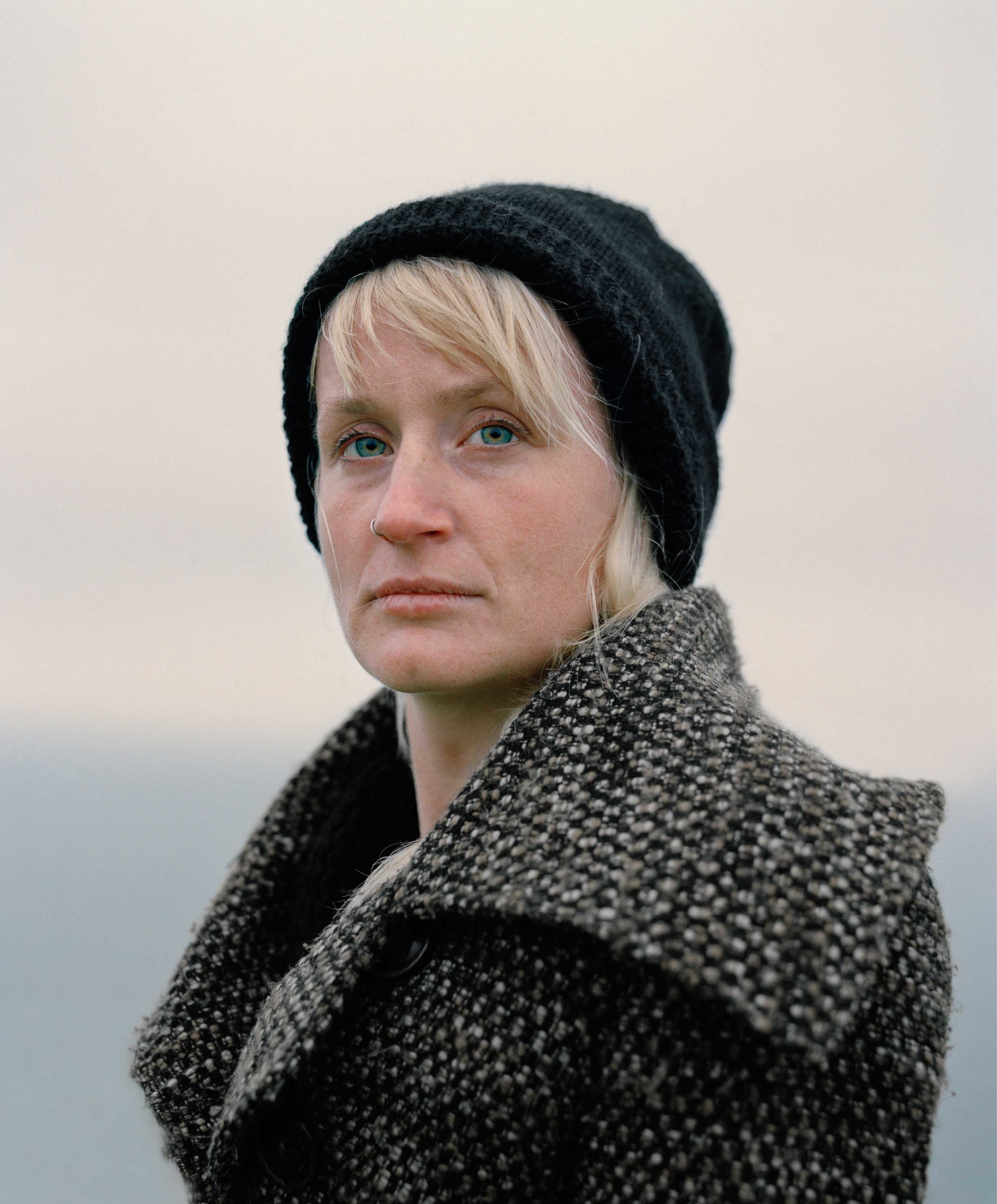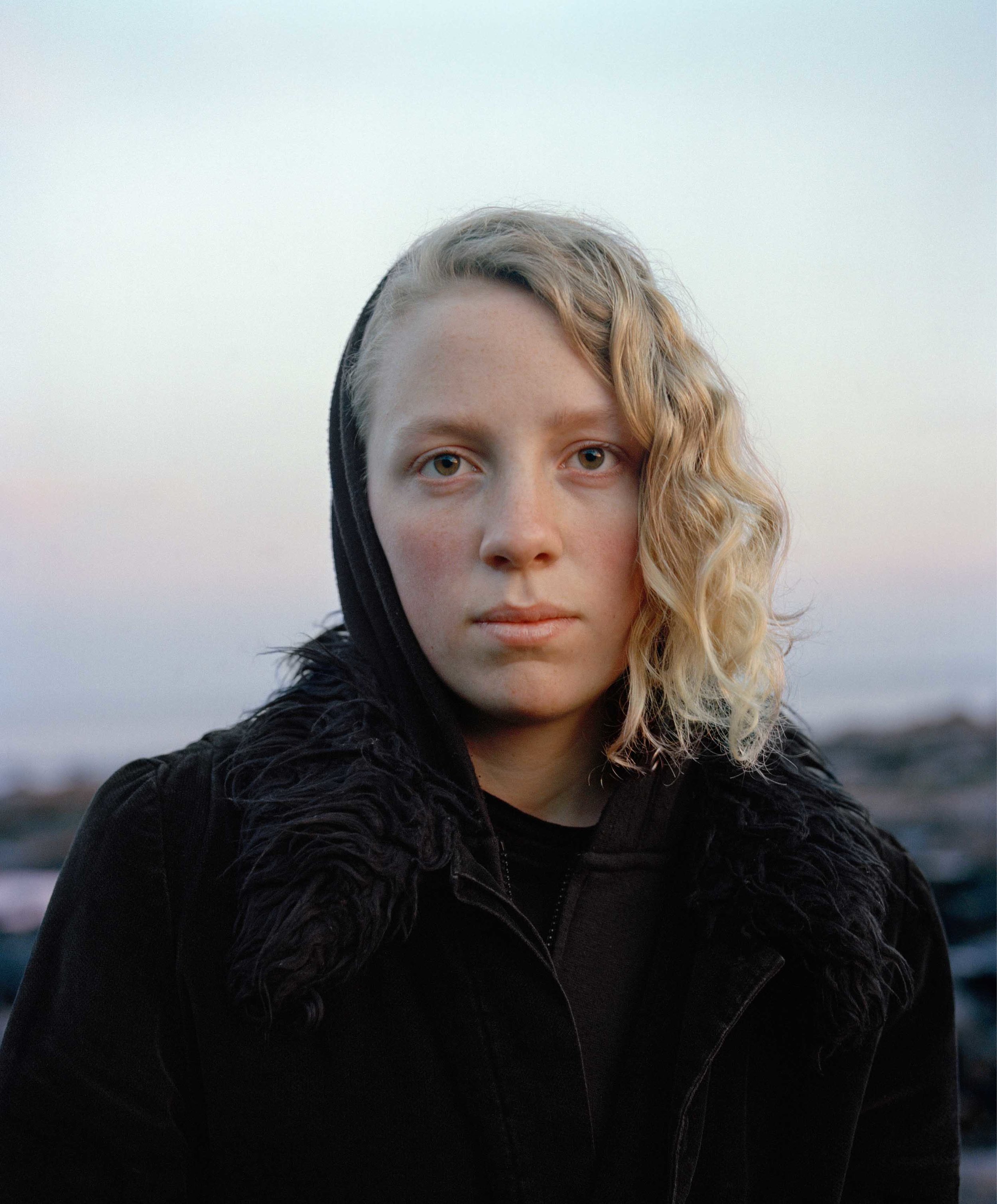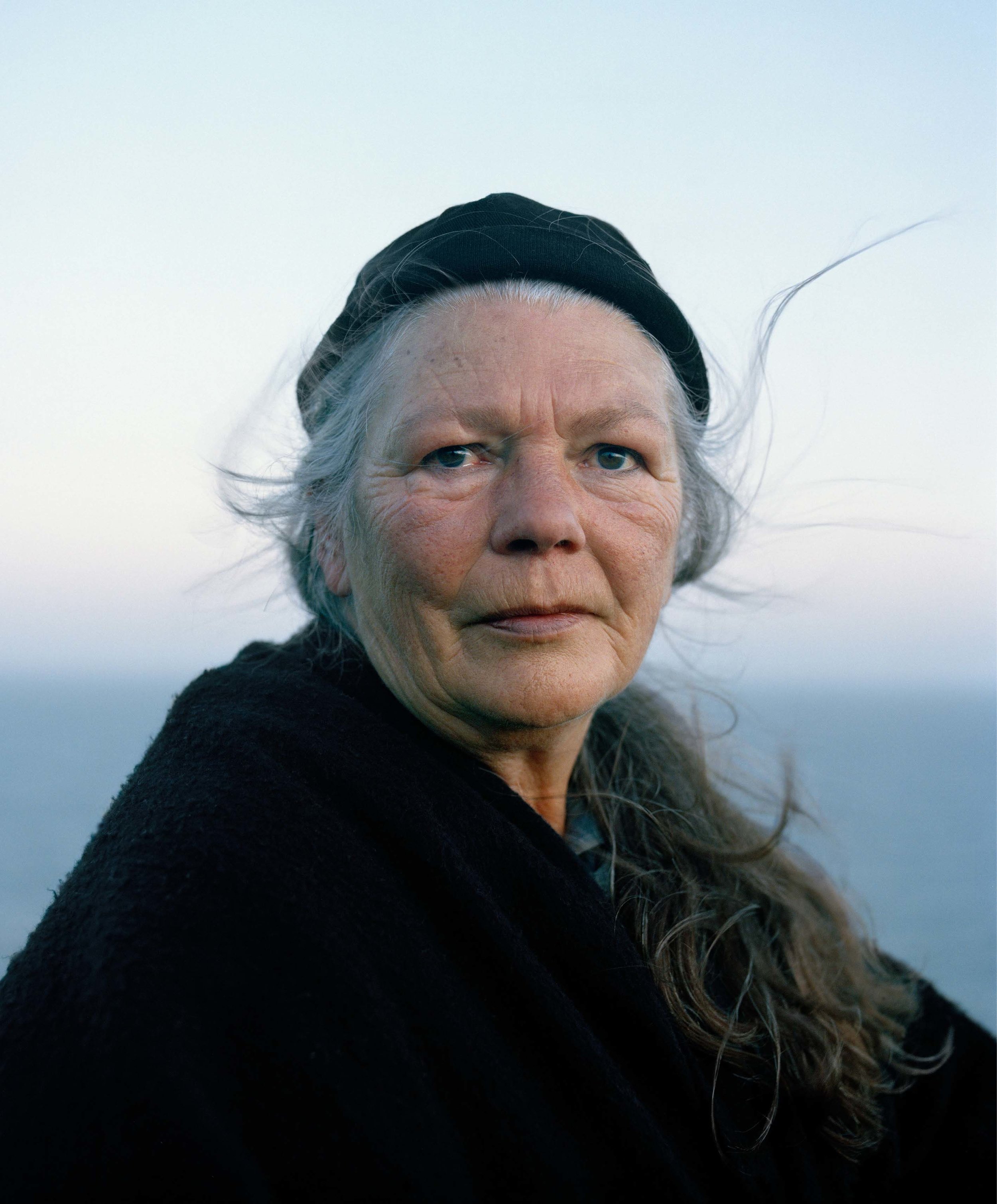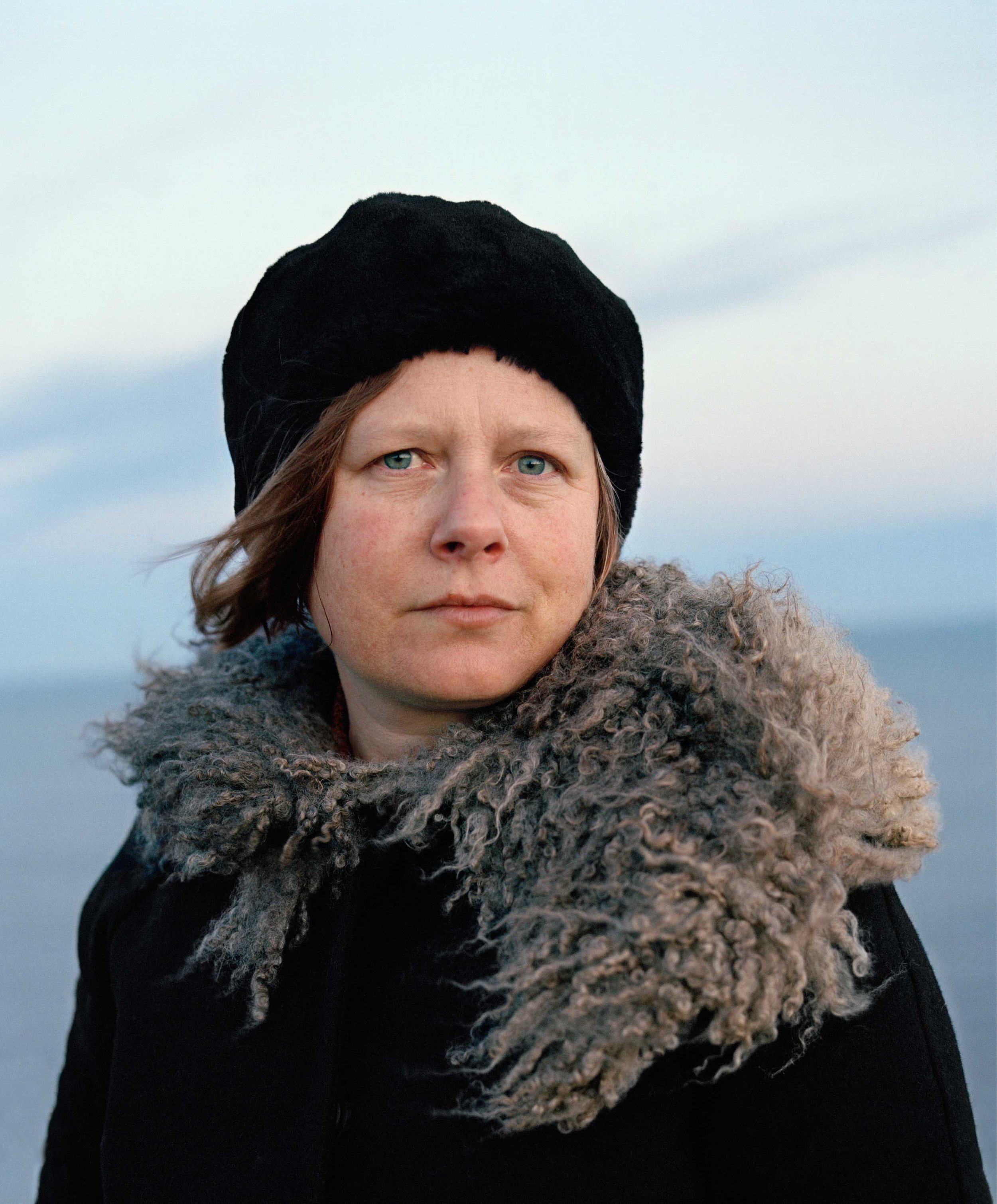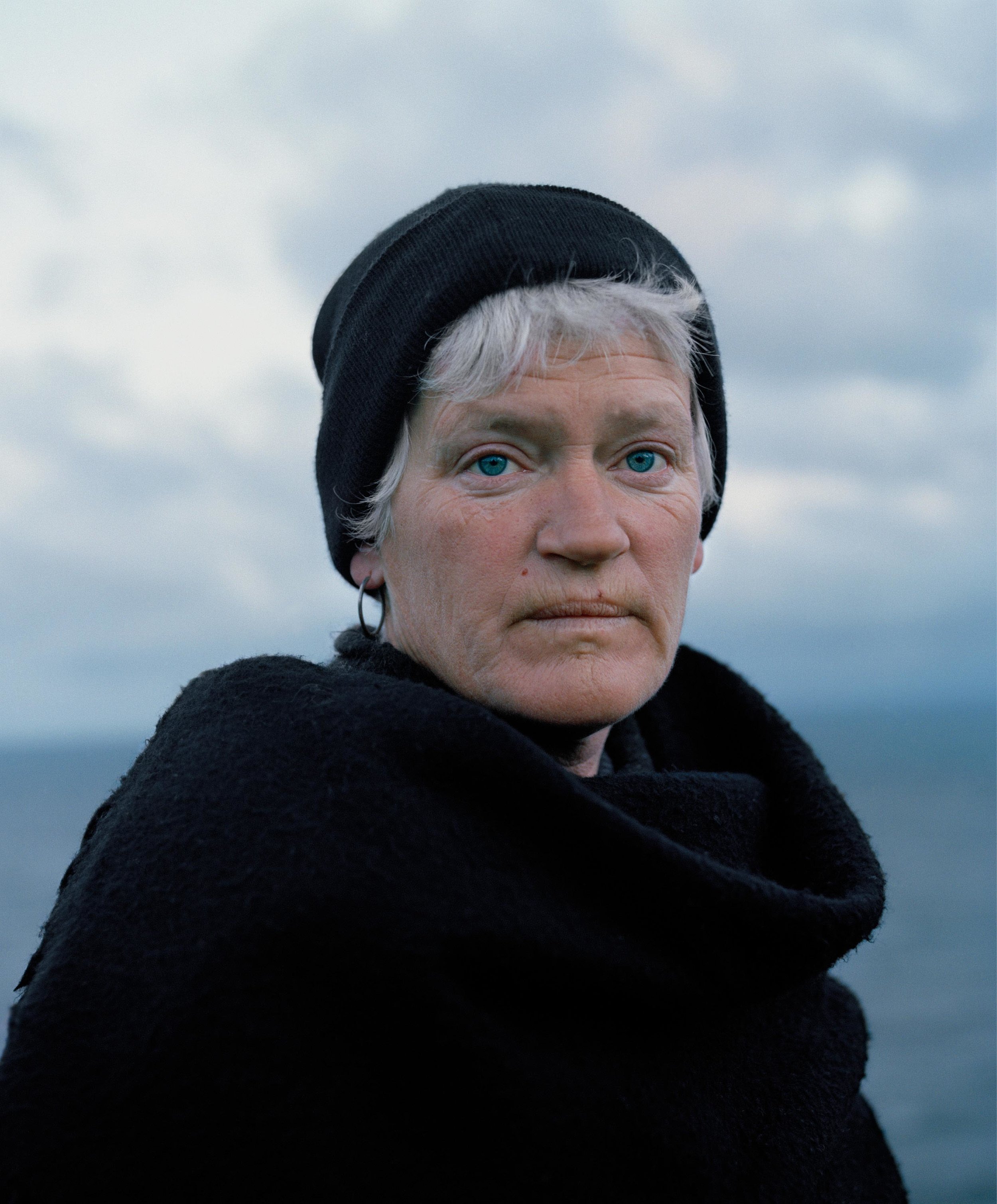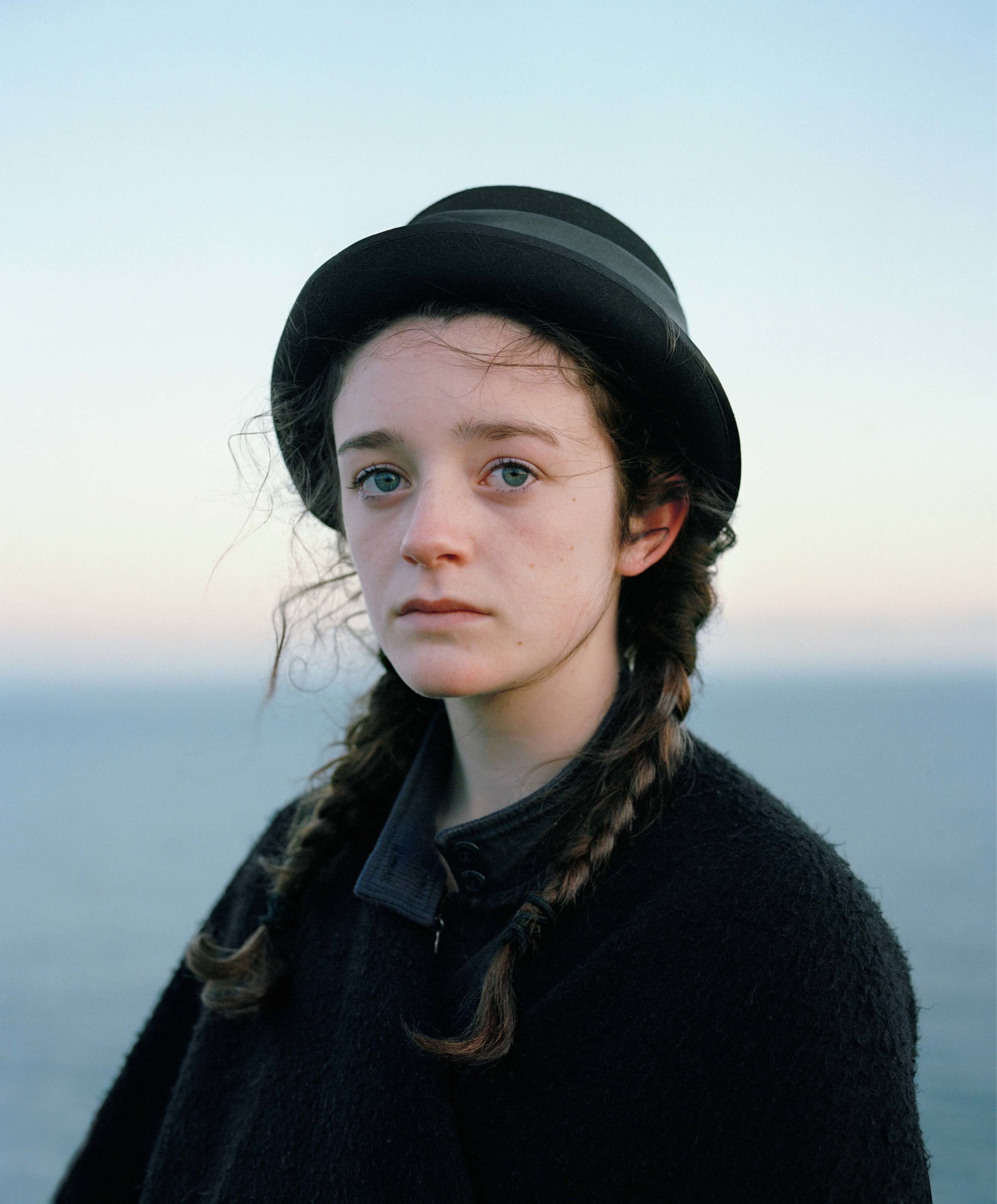The Black Crows of Borth
The landscape of mid Wales, with its historical and cultural background, and the contemporary human relationship with it, has influenced my research and photographic exploration during the last two years of study on the BA (Hons) Documentary Photography course in Newport. For my final work I focused on the prevailing matriarchal society of Borth, an isolated coastal village. Inspired by the natural phenomena surrounding Borth, such as Cors Fochno, the only peat mire biosphere reserve in Wales, as well as and the ancient submerged forest which can be seen during low tides, I have followed a particular light source. The light of the blue hour was a crucial element for the aesthetics of this body of work. This particular light occurs just before sunrise or just after sunset. Parallel to this I have questioned my portrait making practice and I have gained an understanding about how the tiniests of facial movements can change the meaning of an image.
During the era of seafaring in the 19th and 20th centuries Borth was an isolated community living mainly from harvesting herring and cockles.
It was the women of Borth who walked the cliff path to Aberystwyth to sell their catch. Named by the Aberystwyth folk, the Borth women became known as The Black Crows, due to their close grouping and their fluttering black clothing. On ‘The Cliff of Vigil’ – the highest vantage point of Borth – the women often surveyed the wide open sea in the hope that their men would return. Almost all of the menfolk went to sea in order to nourish their families and yet a great number were consumed by the ocean. Many women were widowed – a fact that brought the womenfolk closer together and forced them to adapt to a more self-sustaining lifestyle from where the strong matriarchal society is still evident today.
Borth has changed from a seafaring village to a mecca for artistic self-sufficient women who share ecological and spiritual principles within the close knit community. Borth’s communal autonomy and also the strong bond between the old and young generations, which expands throughout the family circle, combine and represent an open minded Zeitgeist reflecting their spiritual and artistic freedom. Many of the women of Borth express themselves through art visualising their close relationship with the sea and the encircled landscape around Borth. Ranging from driftwood recycling, to paintings, sculptures and music, the contemporary Black Crows make a living harvesting from the sea, as did their historical ancestors. They have decided to establish a lifestyle within the fierce and bleak coastal village, a location which has always been endangered by floods and storms. With the sea levels on the rise Borth’s future is in unknown hands.
The Black Crows of Borth is a project that explores the persisting landscape and draws a parallel between past and present in order to portray the preserved spirit of Borth’s matriarchal society. With its prevailing roots within the maritime context, the contemporary Black Crows depend as much on the sea as on each other and their artistic expression as well as their social cohesion is of natural precedence.
Mira Andres (1987) is a Swiss photographer currently working and living in West Wales and has graduated with a First Class Honours from the BA (Hons) Documentary Photography course. The Black Crows of Borth’ is currently shown at the Wales Millennium Centre in Cardiff and will be exhibited in November 2015 at the Elysium Gallery in Swansea.
miraandres.com


